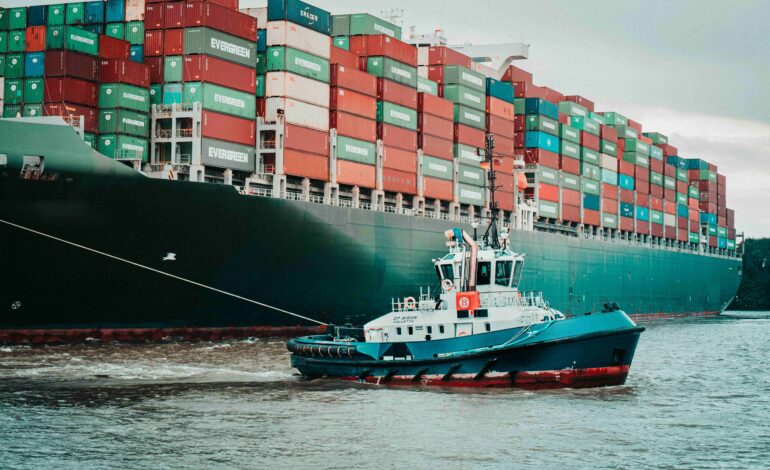As the maritime industry continues to evolve, innovations in bunker fuels are poised to play a crucial role in shaping the future of global shipping. Over the next decade, advancements in technology, regulatory frameworks, and sustainability initiatives will drive significant changes in the composition, consumption, and distribution of bunker fuels. This article explores the anticipated innovations and trends that are expected to redefine the landscape of bunker fuels in the coming years.
Technological Advancements
- Emerging Fuel Technologies:
- LNG and Biofuels: Increased adoption of liquefied natural gas (LNG) and biofuels as cleaner alternatives to traditional bunker fuels, driven by stringent emissions regulations and environmental concerns.
- Hydrogen and Ammonia: Research and development into hydrogen and ammonia as potential zero-emission fuels for maritime transport, leveraging advancements in fuel cell technology and production methods.
- Digitalization and Automation:
- Smart Bunkering Solutions: Implementation of digital technologies for real-time monitoring of fuel consumption, predictive maintenance, and efficiency optimization.
- Autonomous Shipping: Development of autonomous vessels powered by AI and machine learning, enhancing operational efficiency and reducing fuel consumption through optimized route planning and navigation.
Regulatory and Environmental Drivers
- IMO 2030 and Beyond:
- Emission Reduction Targets: Implementation of IMO regulations to reduce greenhouse gas emissions, including the global sulfur cap and upcoming carbon intensity measures.
- Carbon Pricing Mechanisms: Introduction of carbon pricing frameworks and incentives to promote the adoption of low-carbon and carbon-neutral bunker fuel solutions.
- Sustainability Initiatives:
- Circular Economy Practices: Integration of circular economy principles into bunker fuel production and supply chains, focusing on recycling and reuse of resources.
- Green Port Initiatives: Development of eco-friendly port infrastructure and shore power facilities to support sustainable bunkering operations and reduce emissions in port areas.
Market Dynamics and Economic Considerations
- Cost and Efficiency:
- Operational Cost Savings: Investment in fuel-efficient technologies and alternative fuels to reduce operational costs and enhance competitiveness in the global shipping market.
- Supply Chain Optimization: Streamlining of bunker fuel supply chains through digital platforms and logistics innovations to ensure reliable and efficient fuel delivery.
- Industry Collaboration and Innovation:
- Public-Private Partnerships: Collaborative efforts between governments, industry stakeholders, and research institutions to accelerate innovation and adoption of sustainable bunker fuel solutions.
- Startup and Venture Investments: Increasing venture capital and private equity investments in startups focused on renewable energy and advanced propulsion technologies for maritime applications.
Challenges and Opportunities
- Technological Integration:
- Infrastructure Readiness: Development of infrastructure for bunkering facilities and storage tanks to accommodate new fuel types and distribution methods.
- Regulatory Compliance: Adapting to evolving regulatory requirements and standards while maintaining operational efficiency and profitability.
- Global Economic Trends:
- Geopolitical Stability: Mitigating risks associated with geopolitical tensions and trade disruptions that may impact global bunker fuel supply chains and pricing volatility.
- Market Resilience: Building resilience through diversified fuel procurement strategies and risk management practices to navigate uncertain economic conditions.
Conclusion
The next decade holds immense promise for bunker fuel innovations, driven by technological breakthroughs, regulatory imperatives, and industry collaboration towards sustainable shipping practices. As stakeholders embrace these opportunities, the maritime sector is poised to achieve significant advancements in fuel efficiency, emissions reduction, and environmental stewardship. By harnessing the power of innovation and sustainable development, the future of bunker fuels will contribute to a cleaner, more efficient, and resilient global shipping industry.






